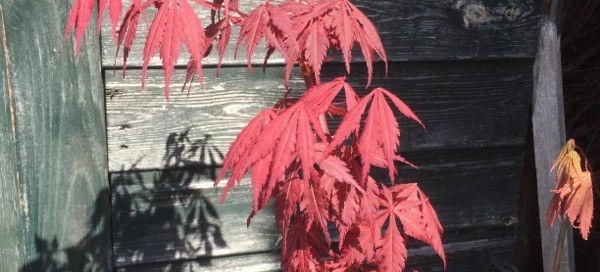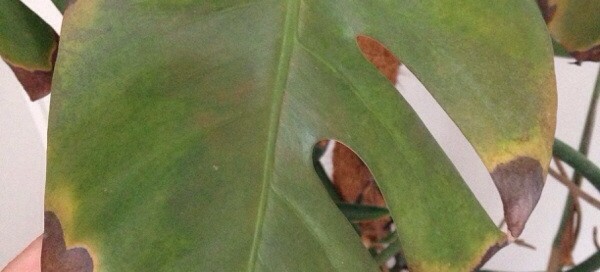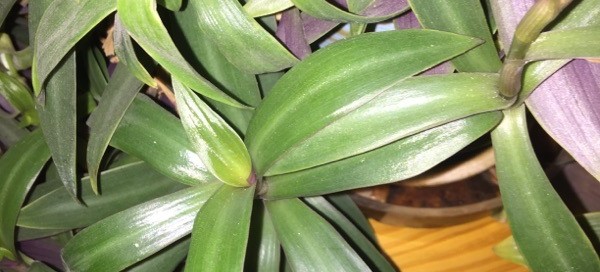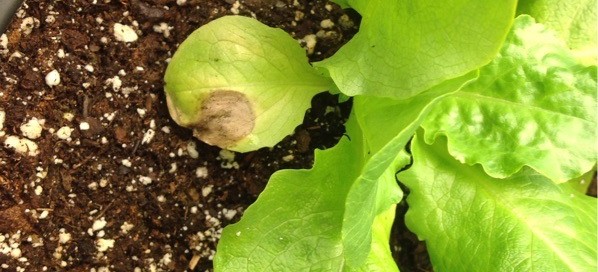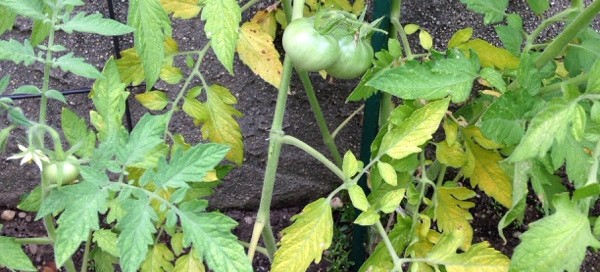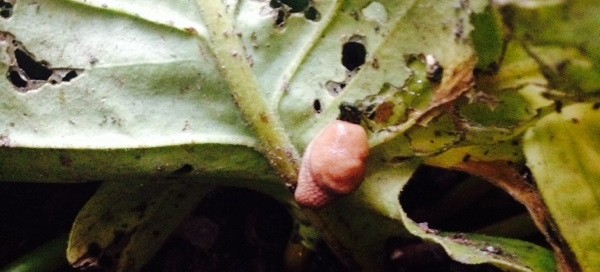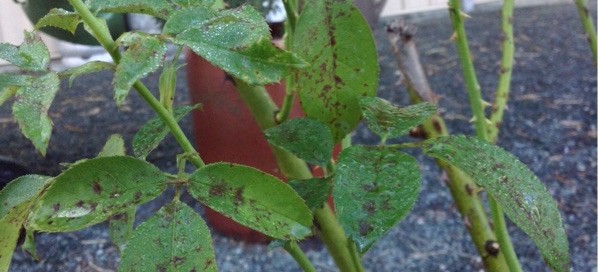Japanese Maple
This is a Japanese Maple. There are hundreds of varieties and too many to specifically identify (even many red ones). Japanese maples prefer; dappled or afternoon shade especially when young, protection from strong wind, well-drained, consistently moist soil (neither excessively wet nor dry), protection from late spring frosts especially when young. They do better in acidic soils and do not do as well in alkaline soils. Japanese Maple are greedy feeders, especially when young. Before planting, work as much compost as you like into the soil around the tree, and keep adding it during spring and early summer. Composted matter not only adds valuable nutrients to the soil, it tends to retain moisture, which Japanese Maple love. These trees are quite drought-tolerant when mature, but like most young trees, they need regular deep waterings during the first few years. Plan to water heavily twice a week during normal weather and three or even four times weekly in periods of drought. Whether your tree is young or mature, it will grow best in soil kept consistently moist by regular watering and mulching. A 3-inch layer of shredded bark around the entire root zone of the tree (but not touching the trunk) works well in all seasons.
